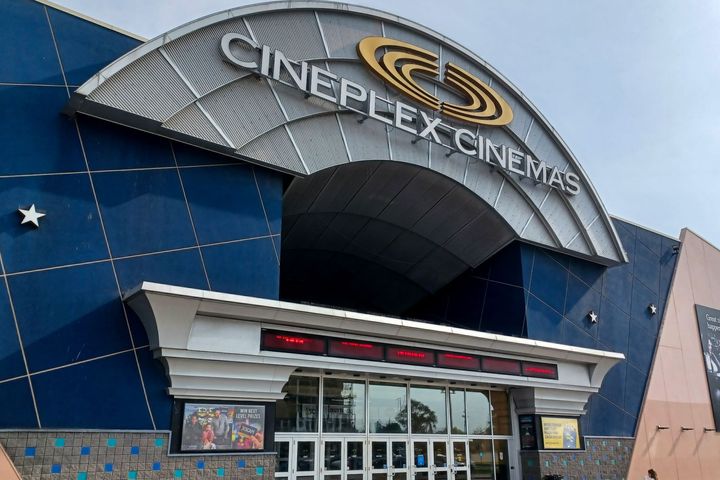Freakishly warm temperatures bring early maple syrup season to Ontario
If the fact that Toronto's temperature is expected to reach the double digits in early February isn't evidence enough of an early spring, the maple sap already dripping from taps in the province just might be.
Maple syrup season in Ontario typically starts in March and runs through April. This year, not only is the season getting an early start for some sugarbushes, but there likely won't be any snow to around to make maple candy.
Maple farms all over Ontario are announcing early seasons this year, kicking off maple season festivities as early as mid-February.
Elliott Tree Farm, a Christmas tree and maple syrup farm about an hour north of Toronto, for example, has already reported that the sap is flowing and that their season will be kicking off on Feb. 17 -- about a month earlier than usual.
East of the city, Wheeler's Maple, which is just north of Kingston, kicked off their sugarbush experiences for the season on Feb. 1, even earlier than their season started last year on Feb. 14.
With plants already beginning to sprout in Toronto, it seems like spring is coming early in all regards this year, which is great news if you hate winter, but frightening news if you love the planet.
In any event, Ontario residents can, at the very least, get excited that we'll have fresh maple syrup on our tables in no time, and that sugar shack experiences are in the realm of possibility for things to do during the upcoming Family Day long weekend.
Jesse Milns
Latest Videos
Latest Videos
Join the conversation Load comments







